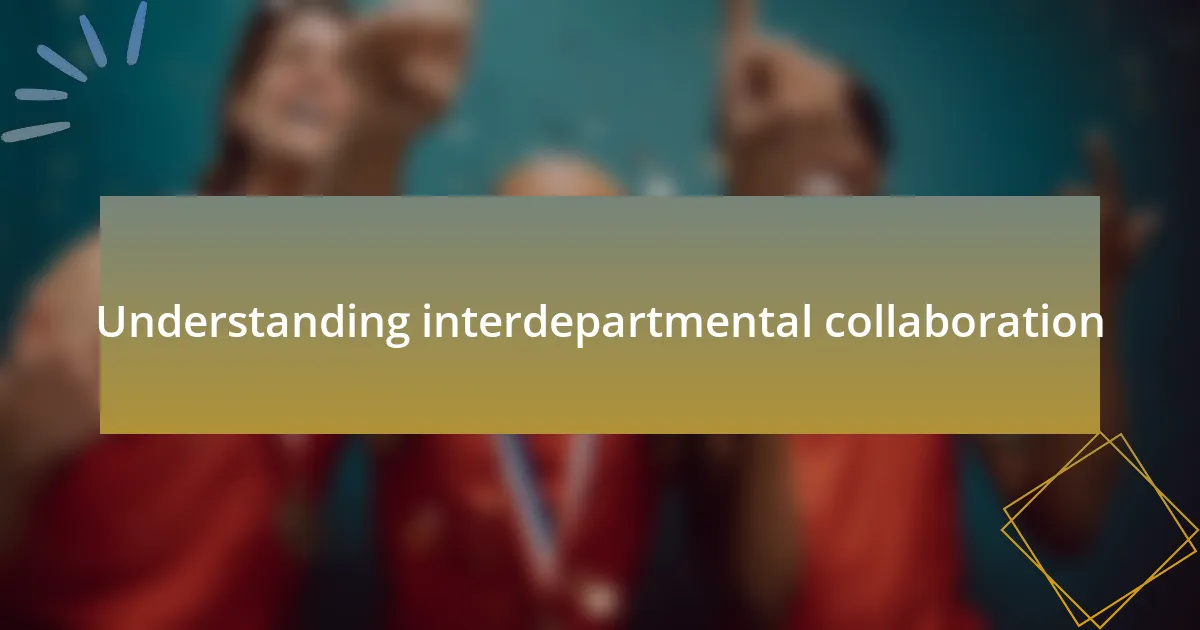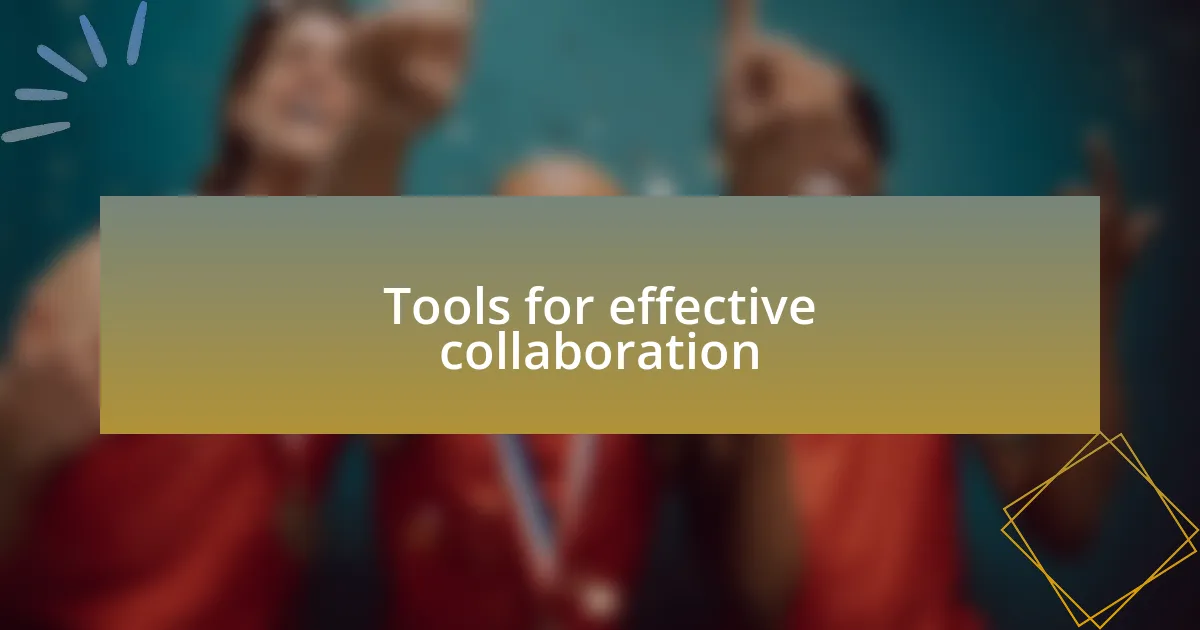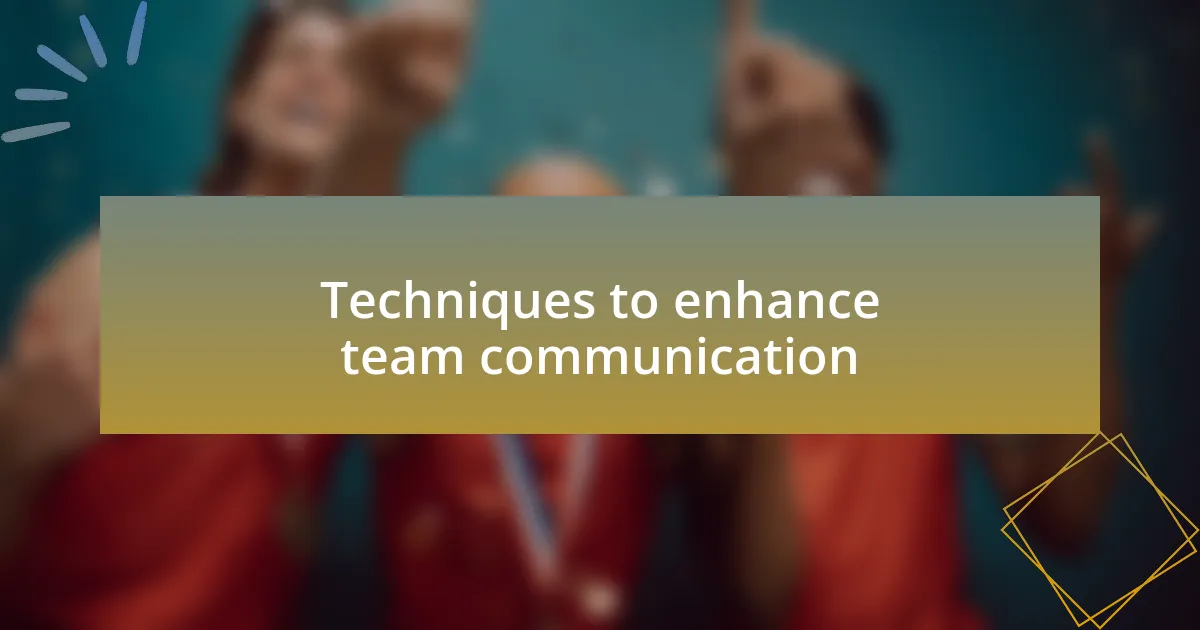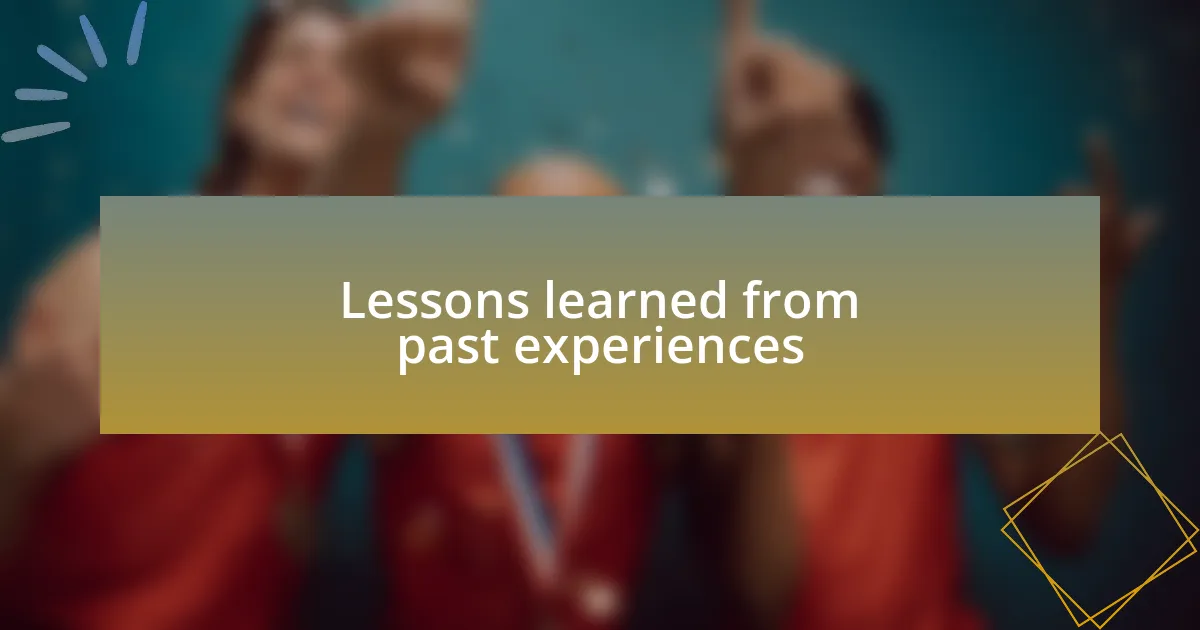Key takeaways:
- Interdepartmental collaboration enhances trust and relationships, leading to innovative ideas and shared ownership of projects.
- Effective tools such as project management software and messaging platforms streamline communication and improve decision-making.
- Establishing regular check-ins and using visual aids fosters clear communication and accountability among team members.
- Building relationships, setting clear expectations, and embracing flexibility are essential for successful collaboration and overcoming challenges.

Understanding interdepartmental collaboration
Interdepartmental collaboration is the heartbeat of any successful organization, particularly in dynamic environments like music awards. When I first encountered this concept, I realized it wasn’t just about sharing information; it was about building trust and fostering relationships across departments. It makes me think—how often do we really take the time to understand the roles of our colleagues in other departments?
From my experience, genuine collaboration requires open communication and a willingness to listen. I remember a project where the marketing team and event management team were at odds over timelines. It wasn’t until we held a joint brainstorming session that we began to see each other’s perspectives. Hasn’t there been a time when you found that coming together brought forth solutions no one thought possible?
Understanding the nuances of interdepartmental dynamics can often lead to innovative ideas. When teams acknowledge their interdependence, it creates a sense of shared ownership. This shift in thinking can dramatically enhance the quality of the final product—like the harmonious blend of different musical elements that creates a mesmerizing piece.

Tools for effective collaboration
Effective collaboration tools are essential for streamlining communication between departments. I vividly recall my first experience with project management software; it was a game changer. We used it to synchronize schedules, share documents, and track progress in real time, which ultimately eliminated misunderstandings. Have you ever experienced the frustration of conflicting schedules? Those tools help prevent that chaos.
Another tool that has proven invaluable is online messaging platforms. I remember a time when the team struggled to coordinate quickly before an event. By switching to a dedicated chat channel, we reduced email clutter and sped up decision-making. It’s incredible how just a few clicks can foster a sense of urgency and camaraderie. Don’t you think immediate access to colleagues can make all the difference in high-pressure situations?
Lastly, collaborative design applications have transformed how we approach creative projects. I participated in a brainstorming session using a digital whiteboard, where everyone could contribute ideas simultaneously. The energy in that virtual room was palpable. It made me wonder—how often do we leverage technology to amplify our creativity? When teams share their visions in real time, the result is usually a richer, more diverse final product.

Techniques to enhance team communication
Clear communication is often the backbone of successful collaboration. One technique I’ve found particularly effective is establishing regular check-ins. For instance, during one major awards planning cycle, I set up weekly catch-ups to align our goals and expectations. It was amazing to see how much smoother things ran when everyone felt accountable and informed. Have you tried incorporating regular updates into your workflow? It can really create a rhythm that keeps everyone engaged.
Another method that has significantly improved our communication is the use of visual aids. I remember presenting a flowchart during a cross-departmental meeting that laid out our process for handling submissions. The instant clarity it provided was remarkable; team members who had been confused about their roles quickly found their footing. Visual representations often resonate more than just words alone, don’t you think? They enable everyone to visualize their contribution to the bigger picture.
Lastly, fostering an open culture for feedback can be transformative. I once encouraged my team to use a shared document for ongoing suggestions and observations throughout a project. Not only did it feel democratic, but the insights generated were invaluable in refining our collective approach. How often do we underestimate the power of an open dialogue? Creating an environment where everyone feels their voice matters can truly amplify team effectiveness.

My personal approach to collaboration
When it comes to collaboration, I find that building genuine relationships is key. I remember a time working on an awards event where I took the time to have one-on-one chats with team members from different departments. This not only helped me understand their perspectives better but also laid the foundation for trust. Have you ever noticed how personal connections can change the dynamic of teamwork? It creates a sense of unity that makes challenges seem less daunting.
I also believe that setting clear expectations from the outset is crucial. During one project, I collaborated with creatives and marketers, both eager to put their best foot forward. By outlining our shared goals and individual responsibilities, we minimized confusion and enhanced our focus. Isn’t it remarkable how clarity can transform a group of individuals into a cohesive unit? It felt good to see everyone aligned with a common purpose.
Embracing flexibility is another approach I value deeply in collaboration. There was a moment when unexpected changes threatened our timeline, and instead of panicking, I encouraged the team to brainstorm alternative solutions. The energy in the room shifted; instead of stress, there was creativity. How often do we restrict ourselves by sticking too rigidly to plans? Allowing room for adaptability often leads to innovative outcomes that we hadn’t initially considered.

Lessons learned from past experiences
Throughout my career, I’ve learned that the most valuable lessons often come from unexpected setbacks. I remember a project where miscommunication led to a last-minute scramble to finalize details. The frustration in the room was palpable. It taught me that continuous communication is not an afterthought; it’s an ongoing necessity. Have you ever experienced a rush to fix things that should have been clear from the beginning? It can be a wake-up call to prioritize dialogue at every stage.
Another critical takeaway has been the importance of seeking diverse input. Early on, I was hesitant to involve team members outside of my immediate circle because I thought I had it all covered. However, during one event, I invited a junior member from a different department to share their ideas. Their fresh perspective sparked an innovative angle we had completely missed. This experience reinforced my belief that every voice matters. How often do we overlook the potential contributions of those around us?
Lastly, I’ve recognized that celebrating small wins fosters a positive team atmosphere. During a particularly taxing project, we decided to acknowledge each milestone, no matter how minor. It transformed our attitude; even the most challenging tasks felt lighter when we took the time to appreciate progress. Have you noticed how motivation surges when you recognize effort? It’s a simple yet powerful reminder that success is built on incremental achievements.